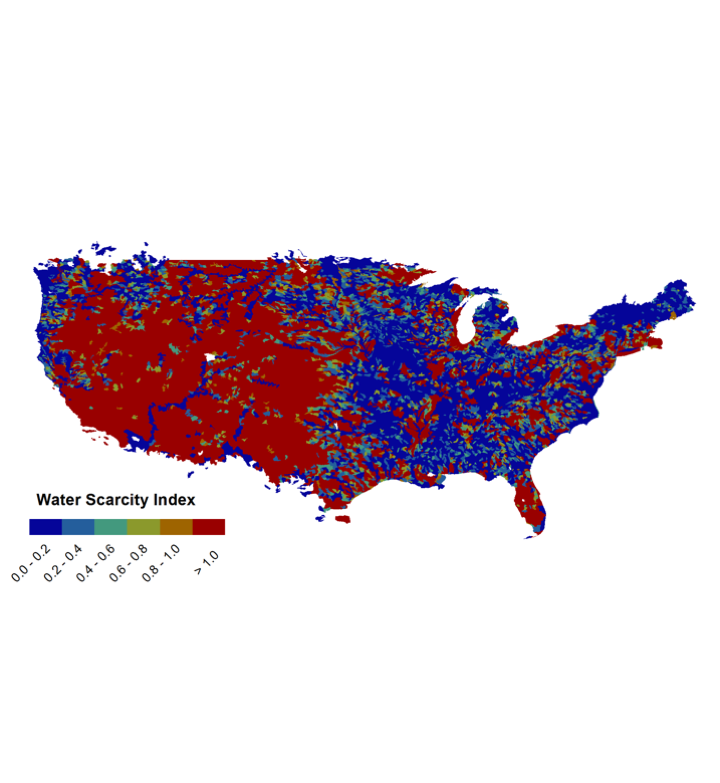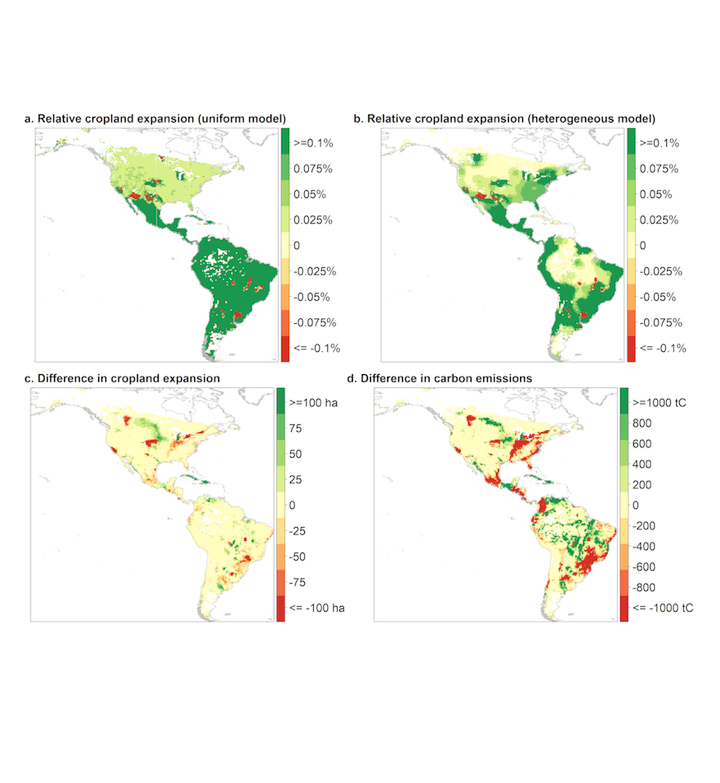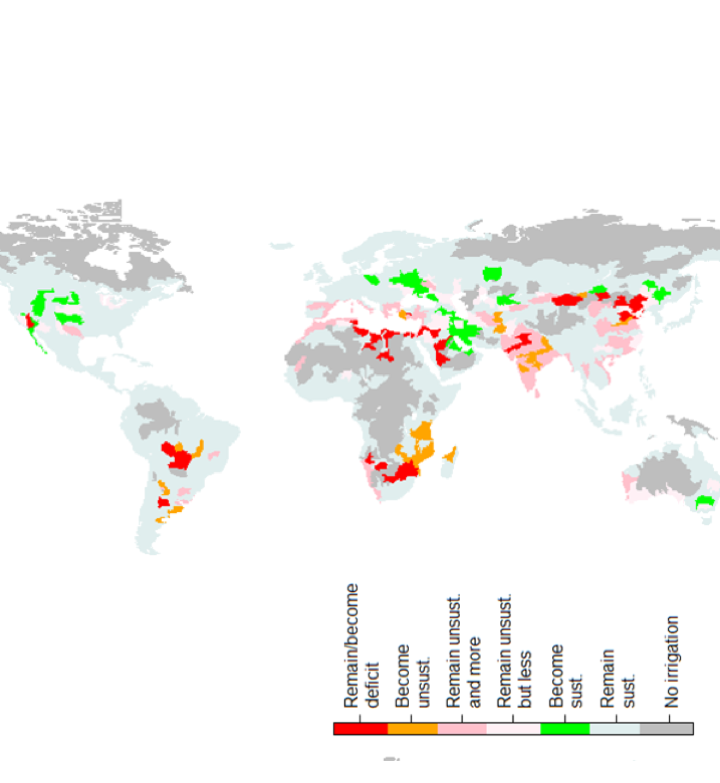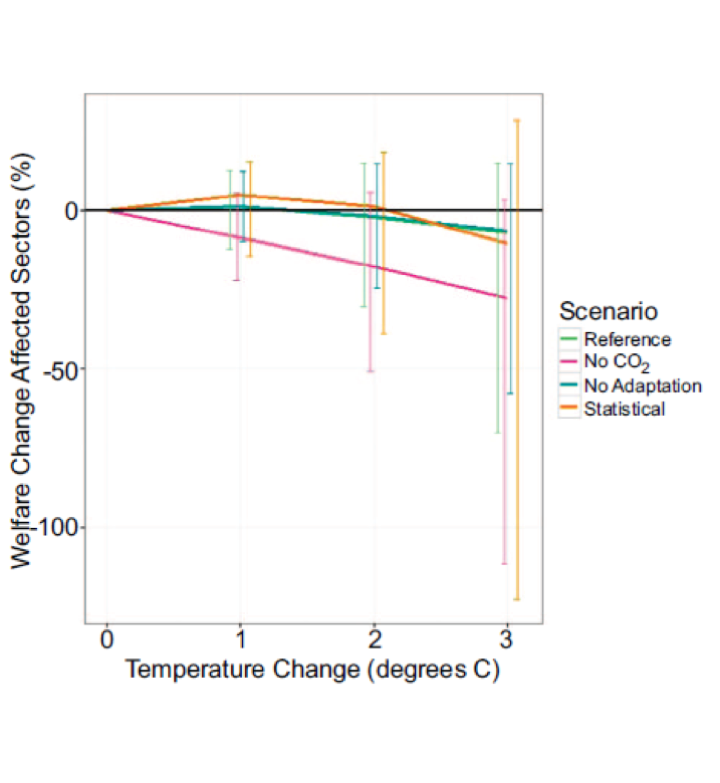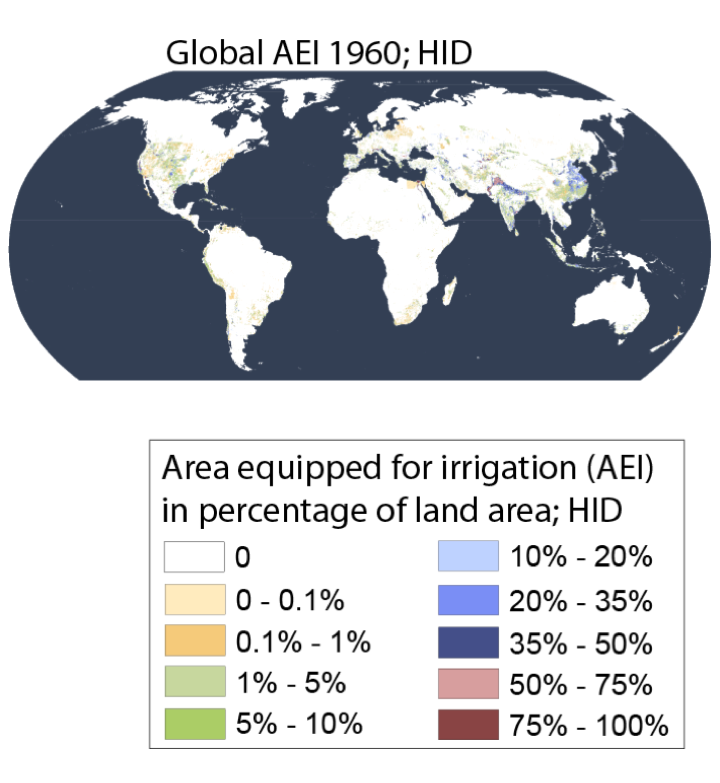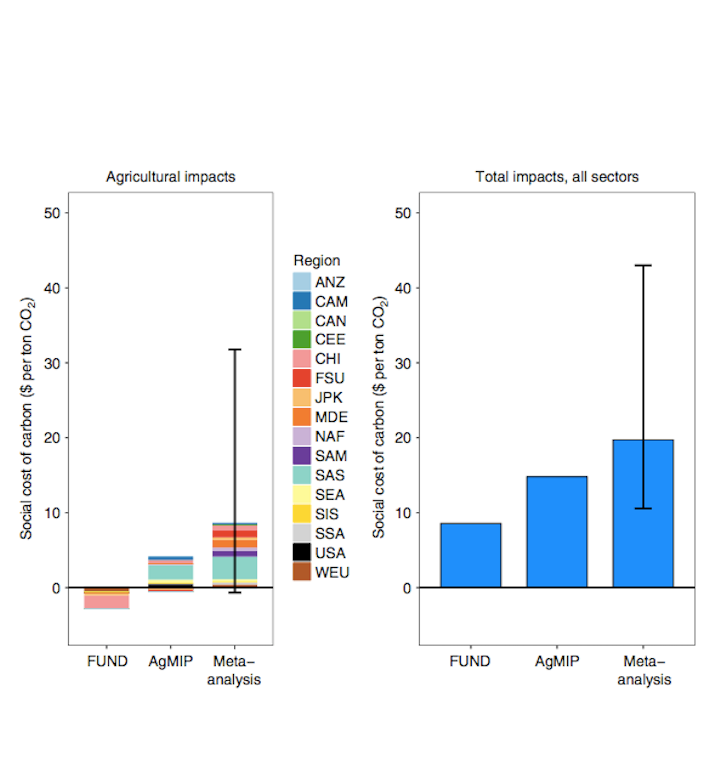Research Highlights
Deciphering the Biodiversity–Production Mutualism in the Global Food Security Debate: Increasing demands for agricultural commodities are resulting in more intensely managed landscapes. This is at odds with biodiversity conservation and largely ignores farmland biodiversity’s supporting function for high and stable yields.
This study integrates models developed by the Natural Capital Project (InVEST) and GTAP (GTAP-AEZ) networks in order to assess the global economic benefits of conservation. The authors include Justin Andrew Johnson, Giovanni Ruta, Uris Baldos, Raffaello Cervigni, Shun Chonabayashi, Erwin Corong, Olga Gavryliuk, James Gerber, Thomas Hertel, Christopher Nootenboom, and Stephen Polasky, many of whom are members of GLASSNET.

A Digital Model for Globally Sustainable Agriculture - Tackle global sustainability chanllenges by building a digital, global, gridded model of agriculture and hydrology that accounts for markets and trade, as well as external forcings such as population and income growth and climate change.
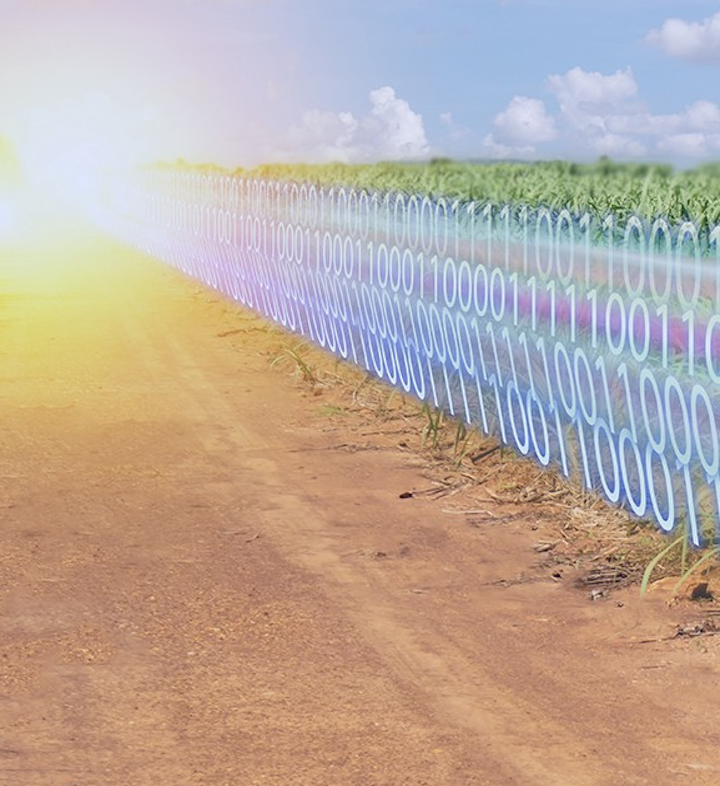
An interesting study that combines SIMPLE-G-Corn-Soy and a power-system model to show the linkage between biomass co-firing, land use and water quality in the Midwest.

Managing the Global Commons, April 2-3, 2020. A conference on sustainable agriculture and use of the world's land and water resources in the 21st Century.
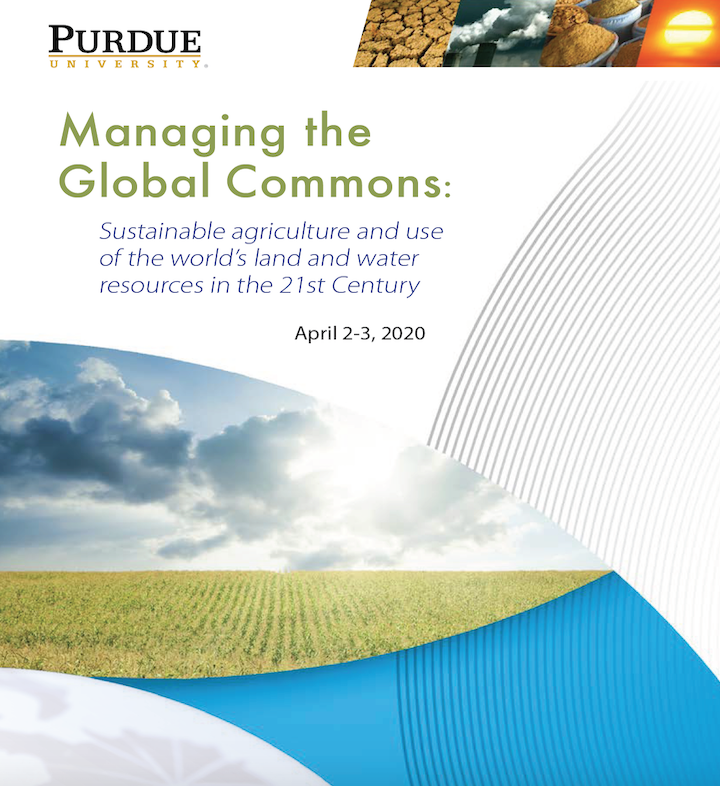
Short Course in Multi-scale Analysis of Sustainability includes materials for a graduate-level course on integrated analysis of sustainability. It draws heavily on the research developed under the GLASS project.

The 2018 Conference on Long Run Sustainability of US Agriculture - understand and communicate the interplay between global change and local sustainability of US agriculture
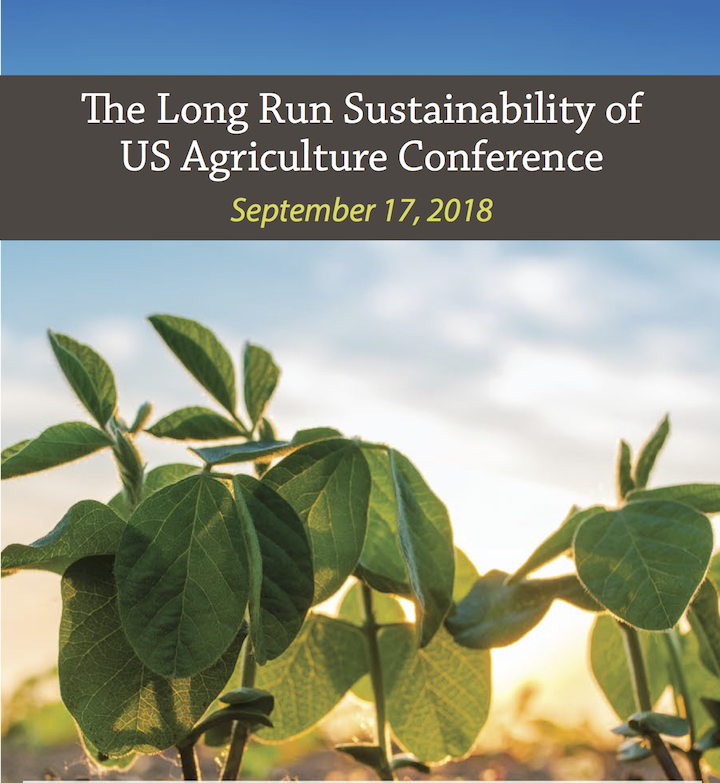
SIMPLE-on-a-Grid (SIMPLE-G) - a multi-region, partial equilibrium model of gridded cropland use, crop production, consumption and trade.
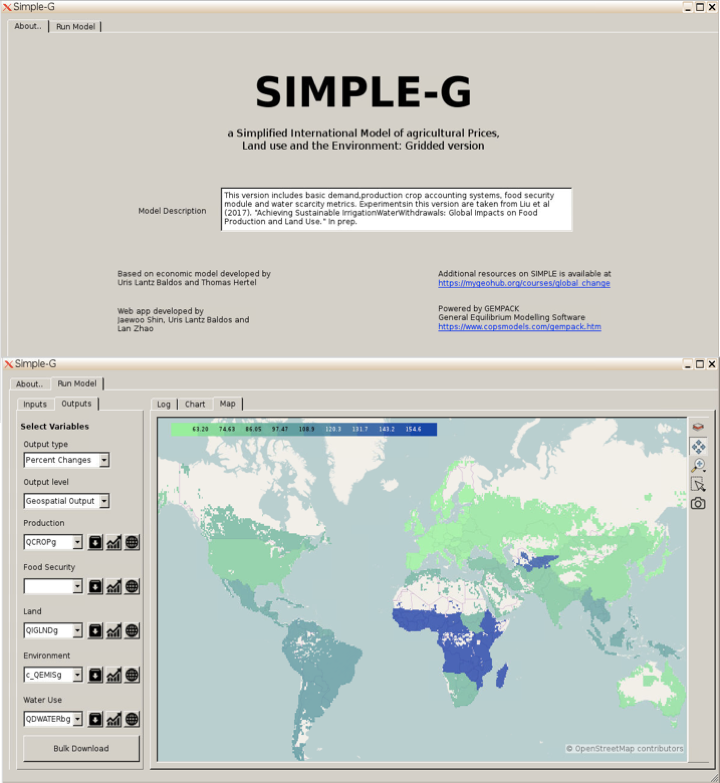
Loss in agricultural labor capacity under mid-century climate.

US water scarcity index - calculated as the ratio of water withdrawals from local watersheds divided by renewable supply for 2006-2010, from Bowling and Cherkauer (2017)
